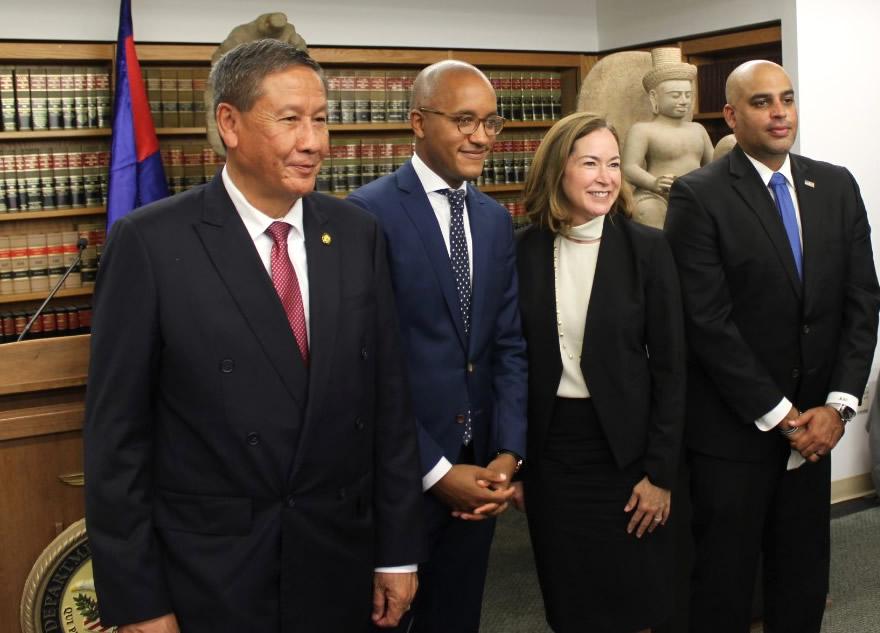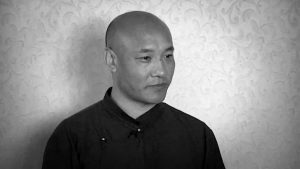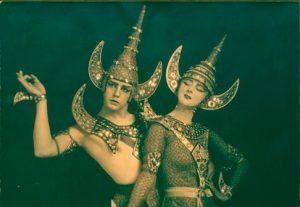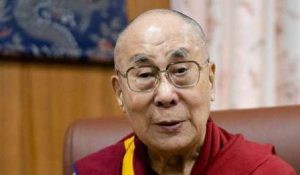
The United States returned nearly 30 looted antiquities and works of art to Cambodia at a formal ceremony in New York on 8 August. The artifacts include rare bronze and stone statues of Buddhist and Hindu deities carved more than 1,000 years ago.
According to media reports, the objects were stolen as part of an organized looting network and sold in the Western art market by Bangkok-based antiquities dealer Douglas Latchford, a dual citizen of Thailand and the US.
At the 8 August ceremony in Manhattan, federal prosecutor Damian Williams officially handed over the stolen artifacts to Keo Chhea, Cambodia’s ambassador to the United States.
“These antiquities we return today were ripped from their country,” said Ricky J. Patel, acting special agent-in-charge of Homeland Security Investigations (HSI) in New York. “Many are sacred artifacts pried from temples and palaces to be smuggled across borders and peddled by those seeking profit, without any regard to the intangible value they have to the people of their homeland.” (The Guardian)
“For over five years, the agents and experts in HSI New York’s specialized dedicated Cultural Property, Arts, and Antiquities Unit, alongside our government partners, hunted down leads, examined origin, reviewed financial records, and conducted dozens of interviews to find and recover these pieces we are returning today,” Patel related. “These artifacts belong to the people of Cambodia and we are proud to participate in their recovery and their return home.” (U.S. Immigration and Customs Enforcement)
Countless antiquities were looted during the 1967–75 civil war in Cambodia. Since then, the Cambodian government has worked to repatriate stolen artifacts that have been traded internationally.

Among the 30 works returned this month were a sculpture of the Hindu deity Skanda, depicted sitting on a peacock, and a 10th century statue of the Hindu god Ganesha. Both were stolen from Koh Ker, an ancient Khmer capital located 80 kilometers from the renowned temples of Angkor.
The antiquities will be placed on display at the National Museum of Cambodia in Phnom Penh, Keo Chhea told Reuters news agency at the ceremony. “It’s like a returning of the souls of our culture back to our people,” he added. “We’re very grateful.” (The Guardian)
The Peninsula newspaper reported that US prosecutors had accused Latchford of wire fraud and smuggling in 2019 in relation to the alleged looting, along with other crimes related to a multiyear scheme to sell looted Cambodian antiquities on the international art market. The indictment was ultimately dismissed after Latchford’s death in 2020.
In 2014, federal prosecutors reached a settlement with auction company Sotheby’s and were able to return a 10th century sandstone sculpture of Duryodhana, from the Hindu epic Mahabharata, to Cambodia. Last year, the Manhattan district attorney’s office returned 27 stolen artifacts to Cambodia.
See more
US returns to Cambodia 30 antiquities looted from historic sites (The Peninsula)
US returns to Cambodia dozens of antiquities looted from historic sites (The Guardian)
US returns 30 stolen antique artworks to Cambodia (France 24)
30 looted antiquities returned to Kingdom of Cambodia (U.S. Immigration and Customs Enforcement)
Related news reports from BDG
1,800-Year-Old Buddhist Stupa and Relics Unearthed in Pakistan
Rights Groups Criticize Treatment of Cambodian Buddhist Monk Arrested in Thailand
Indian Delegation Brings Buddha Relics to Mongolia for Buddh Purnima Celebrations
US-Based Buddhist Foundation Launches with US$500,000 Donation for Cambodians Impacted by COVID-19
Related features from BDG
Nabji, Part One: Bearing Relics
Nabji, Part Two: Stone Age Mysteries
Unearthing Fugan Temple: The Story of Chengdu’s Buddhist Heritage
Archeologists Unearth China’s Earliest Bronze Buddhist Statues To Date
Tung Lin Kok Yuen: A Living Monument to the History and Heritage of Buddhism in Hong Kong












